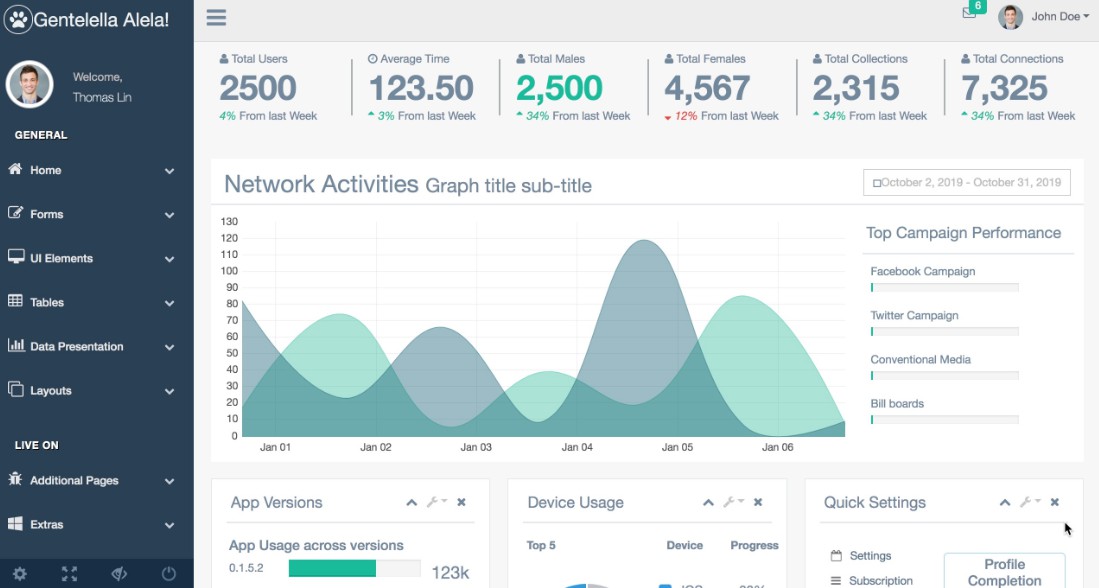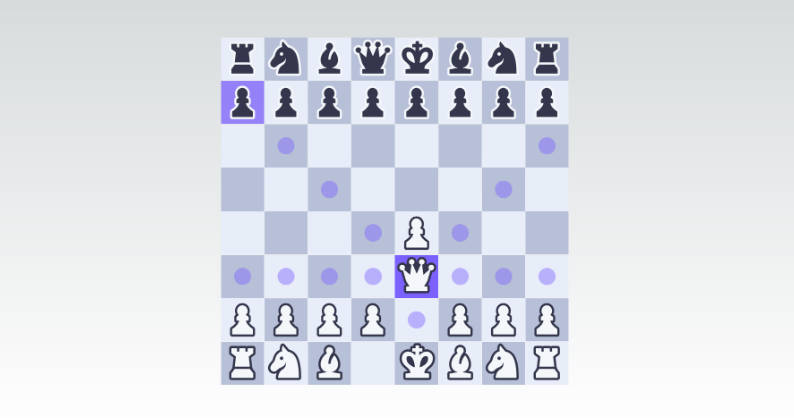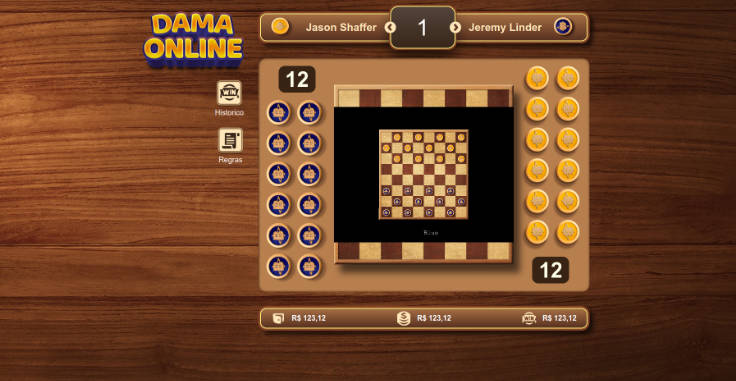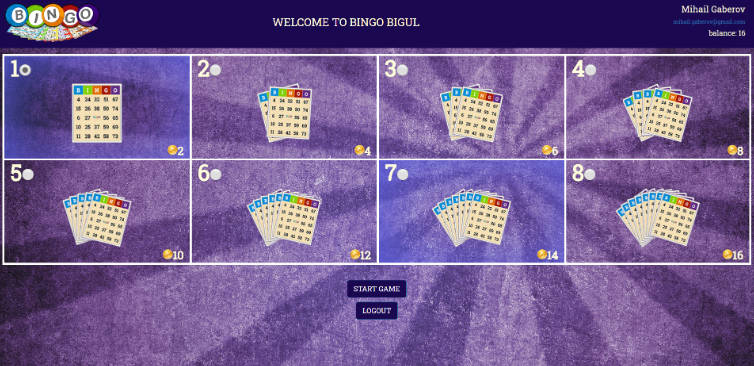React Entity Component System
Entity Component System for React to make games or other interactive components.
yarn add react-entity-component-system
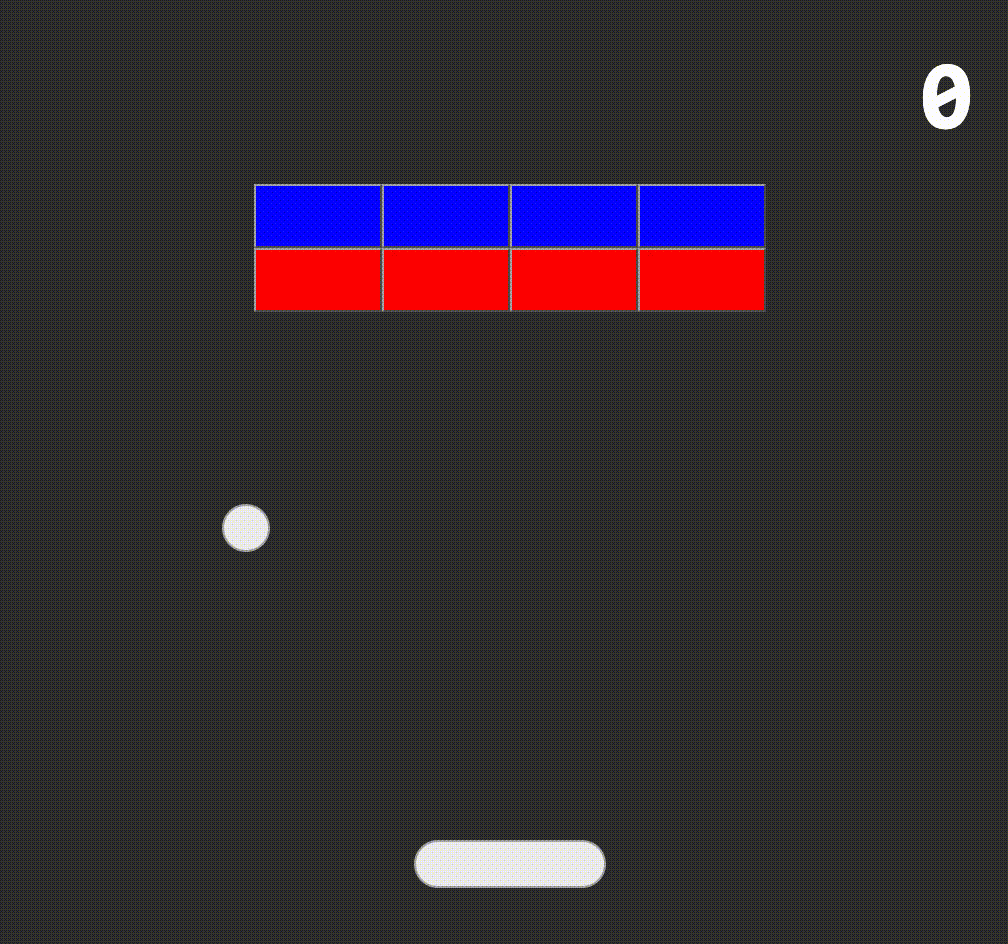
Why
It's fun to build games with React, and people have become successful at it. The ECS pattern is well known and battle tested for game development. This library is a loose implementation for React. You can check out the Breakout storybook story to see a fairly complex example.
Usage
import React from 'react'
import { useEntityComponentSystem } from 'react-entity-component-system'
ECS in general has three basic concepts:
Entitiesrepresent things in a sceneComponents(not React components) are data structures, composed to create entities.Systemsare functions that operate on entities during every update
In this implementation, an entity is defined as a plain object with at least a Renderer property (a React component). Other properties are components that will be passed as props to the Renderer:
const counterEntity = {
Renderer: props => <h4>{props.count}</h4>,
count: 0,
}
A system is just a function that operates on entities in the scene each frame. Systems are allowed to mutate the entities' components (thanks to immer!):
function frameCounterSystem({ entities }) {
entities.forEach(entity => entity.count++)
}
The useEntityComponentSystem hook manages the CRUD (creating, rendering, updating and destroying the entities). Pass it some initial entities and systems, receive the renderable result and an updater function:
const initialEntities = [counterEntity]
const systems = [frameCounterSystem]
export default function BasicECS() {
const [entities, updater] = useEntityComponentSystem(initialEntities, systems)
return (
<div>
<button onClick={() => updater()}>Next Frame</button>
{entities}
</div>
)
}
When the updater is called, all the systems are called with the following object as the first argument:
const systemArgs = {
entities: Object.values(entitiesDraft),
entitiesMap: entitiesDraft,
createEntity,
destroyEntity,
...userArgs,
}
The updater takes and object or function (which should return an object) and passes it to the systems (...userArgs as shown above) so they can have access to many other things. For example, the provided useKeysDown hook:
const keysDown = useKeysDown()
updater({
keysDown,
})
Typically, the updater is called inside a loop via the provided useGameLoop hook. Be sure the function you pass is not redefined during every render. In most cases, you should wrap the updater call in React.useCallback:
function Game(scene) {
const [entities, updater] = useEntityComponentSystem(...scene)
const update = useCallback(elapsedTime => updater({ elapsedTime }), [updater])
useGameLoop(update)
return <>{entities}</>
}
See this example and more in the stories folder
Storybook
While react-entity-component-system is in development, you can check out the storybook to get a better sense of how things work.
git clone https://github.com/mattblackdev/react-entity-component-system.git
cd react-entity-component-system
yarn
yarn start
API
useEntityComponentSystem
useGameLoop
useGameEvents
useKeysDown
Debug
Contributing
I welcome any ideas and would really love some help with:
- Adding Typescript types
- Performance benchmarking and optimizations
- More game engine API like:
- Keeping track of "entity filters" for systems
- MatterJS or other physics lib integration


